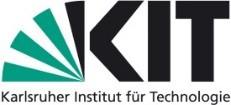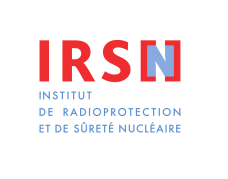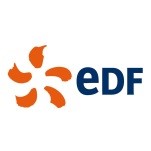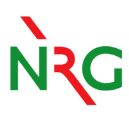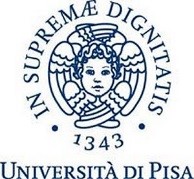For each work package, the NARSIS Project has committed to produce the following deliverables in order to ensure that the relevant commitments of the project have been made. Once officially accepted by the European Commission, all public deliverables will be freely accessible for download from this page.
WP1: Characterization of potential physical threats due to different external hazards and scenarios
D1.1: Review of state-ofthe art for hazard and multi-hazard characterisation - M12
D1.2: Improved methodologies for tsunami hazard assessment - M36
D1.3: Improved methodologies for extreme weather and flooding hazard assessment - M36
D1.4: Flooding impact on industrial facilities via advanced numerical modelling - M36
D1.5: Improved methodologies for extreme earthquake hazard assessment - M36
D1.8: An open-source generic software tool for understanding combined hazard scenarios - M45
D1.9: Recommendations for regulators using the integrated hazard framework - M46
WP2: Fragility assessment of main NPPs critical elements
D2.1: Inventory of the main NPPs SSC, evaluation of their importance in view of the principal safety functions and state-of-the-art on the estimation of their responses to external events - M12 (Restricted)
D2.2: Methodology to account for cumulative effects in the fragility assessment - M44
D2.3: PhD narrative on the seismic structural response of corroded RC components - M44
D2.4: Methodology to account for ageing mechanisms in the fragility assessment - M45
D2.5: Methodology to account for soil-structure interactions in the fragility assessment - M36
D2.6: Methodology to derive vector-based fragility functions I: theoretical aspects - M18
D2.7: Derivation of hazardharmonized fragility models - M45
D2.8: Methods to incorporate human factors within a multi-hazard approach - M18
D2.9: Methodology to derive vector-based fragility functions II: applications - M45 (Restricted)
WP3: Integration and safety analysis
D3.1: Risk integration methods for high risk industries - M12
D3.2: Development of risk sub-networks for technical and social/ organizational aspects - M42
D3.7: Improvements of flexible approaches and procedures relying on expert-based information - M36
D3.9: Use of E-BEPU for evaluation of Defence-in-Depth - M24
D3.10: Use of E-BEPU for evaluation of Design Extension Conditions - M36
WP4: Applying and comparing various safety assessment approaches on a virtual reactor
D4.1: Definition of a simplified theoretical NPP representative of the European fleet - M12 (Restricted)
D4.2: Description of a metamodelling strategy for probabilistic analyses - M35
D4.4: Applicability of model reduction strategies in safety analyses - M51
WP5: Supporting Tool for Severe Accident Management
D5.1: Characterization of the referential NPP for severe accident management analyses - M12 (Restricted)
D5.2: Report on characterized EOP/EDMG/SAMG - M15 (Restricted)
D5.4: Supporting SAMG DM tool for demonstration purposes - M54 (Restricted)
D5.5: Use of the E-BEPU method for SAMG - M45
WP6: Dissemination and Communication activities
D6.1: Project branding, document templates, base public website and tools to support team working to link with WP7 internal Communication Plan - M3 (Restricted)
D6.2: Communication and Dissemination Plan report - M6
D6.3: Project website (activation) - M6
D6.4: Project presentation brochure - M6
D6.6: Proceedings of the Final Workshop (France) - M54
D6.7: Project Newsletter (emailing) - M6
D6.8: Project Newsletter (emailing) - M12
D6.9: Project Newsletter (emailing) - M18
D6.10: External Project Newsletter (e-mailing) - M25
D6.11: Internal Project Newsletter (e-mailing) - M31 (Restricted)
D6.12: External Project Newsletter (e-mailing) - M37
D6.13: Internal Project Newsletter (e-mailing) - M48 (Restricted)
D6.14: External Project Newsletter (e-mailing) - M54
D6.15: Publication of the project handbook - M54
D6.16: Education and training materials - M24
D6.17: Final plan for use and dissemination of results - M54
D6.18: Awareness and wider societal implication - M54
These deliverables are also made publically available by the European Commission on the CORDIS Website.
Dernière mise à jour le 06.03.2024









